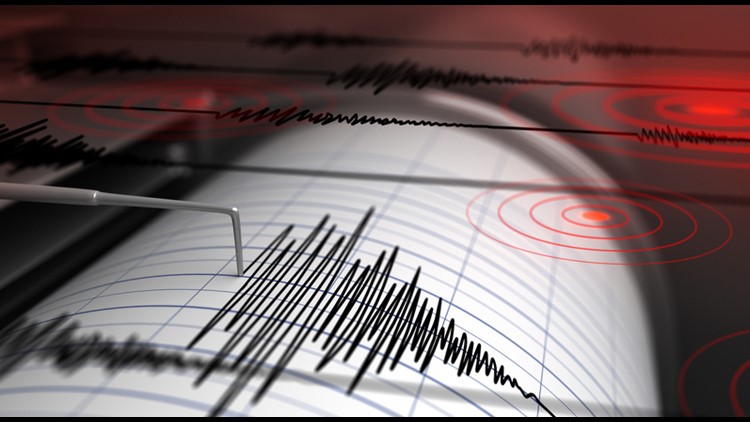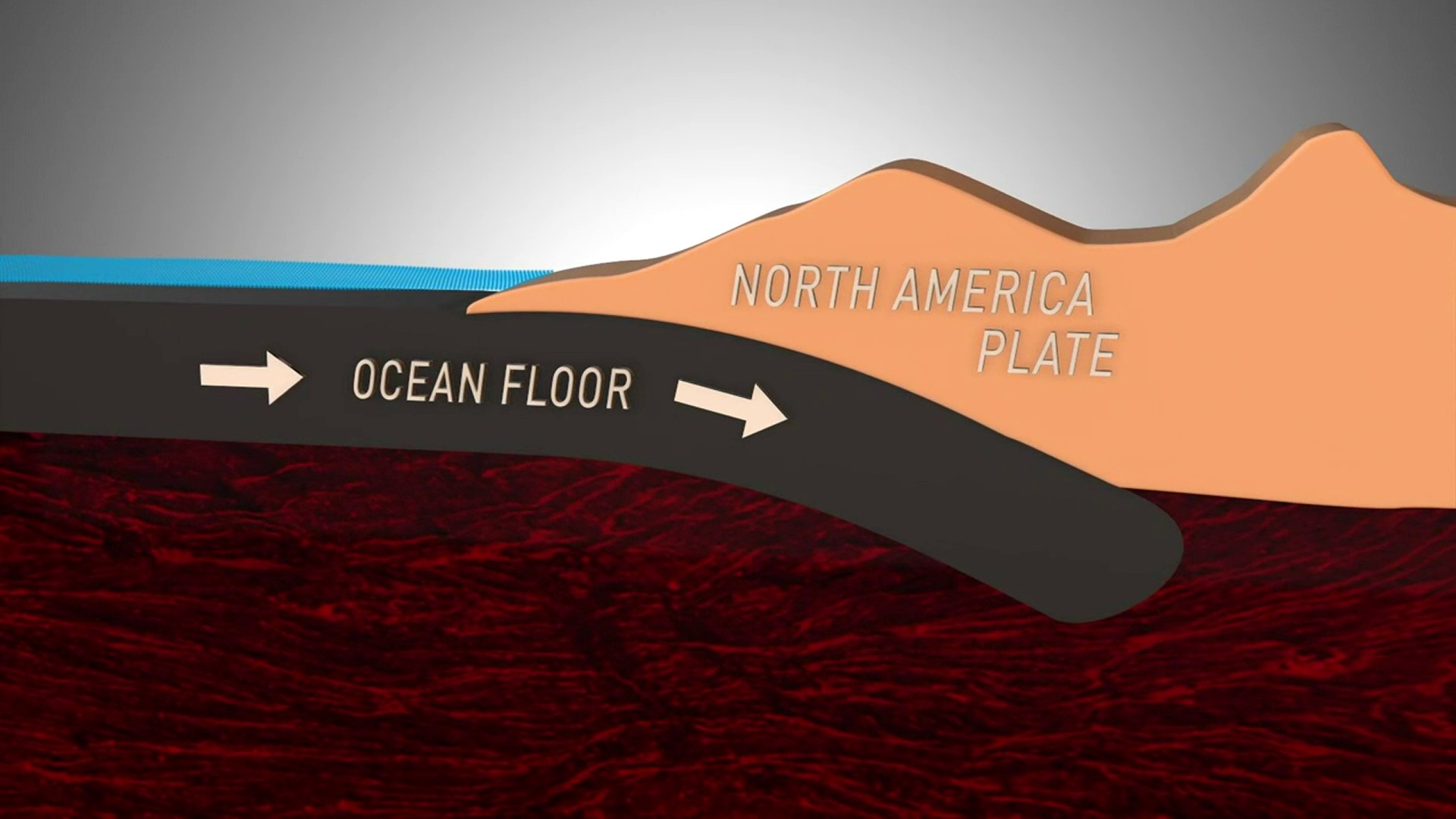If Washington state were devastated by a major earthquake, how would we go about rebuilding our community long term?
Government and private sector professionals across several disciplines tackled that question during an exercise Wednesday in SeaTac.
“Everybody has general idea of how the response is going to play out,” said Brian Sherrod, Pacific Northwest regional coordinator for USGS earthquake hazards program. “What’s the big unknown is what’s going to happen 30 days down the road, 60 days down the road, 90 days, a year, two years. Where will we be in terms of recovering from this event?”
Participants said they identified critical infrastructure and systems that crews should focus on getting back up and running as fast as possible. Those include transportation, such as major highways and bridges, and water, communications, and wastewater treatment systems.
“If we cannot move within the region…we will have a very difficult time getting our economy back up,” said Eric Holdeman, director of the Center for Regional Disaster Resilience, which helped organize the event.
For example, if a simple bridge collapsed, it could take six months to repair, according to Holdeman. However, if the Ship Canal Bridge in Seattle went down, that could take years to fix.
The port, which serves the region as a major economic hub, is also a concern.
Sherrod cited the example of Kobe, Japan, which was hit by a disastrous earthquake 23 years ago. The port still has not fully recovered, according to Sherrod.
“It’s about trying to come up with ways to…have plans in place to ease the recovery of businesses and organizations so they can remain here in the Pacific Northwest and employ people and basically move forward after an earthquake,” said Sherrod.



